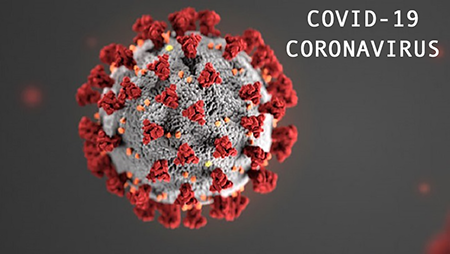Why Washing Your Hands Stops the Spread of COVID-19
Detergent molecules are uniquely able to remove and destroy viruses and bacterial; yes, even better than hand sanitizer.
The active ingredient in soap is detergent. Detergent molecules are dipole molecules; one end is attracted to water, the other end is attracted to lipids (fats).
Virus molecules consist of an acid (RNA) surrounded by a protein which is covered by a lipid.
One end of the detergent molecule attaches to water, the other end attaches to the outer lipid shell of the virus. The virus is now chemically bound to the water and goes down the drain when you rinse.
Steps for proper handwashing to protect against COVID-19:
- Turn on the water
- Apply soap
- Wash for 20 seconds
- Between fingers
- Up to your wrists
- DOn’t forget your thumb
- Rinse
- Use a paper towel or tissue to turn off the water and discard (The virus can survive on solid surfaces for up to three days, use a separate towel to tissue to avoid recontamination)
- Use a clean towel or tissue to dry your hands.
- Use the same towel to open the door and turn off the light then dicard
Wash your hands often!

